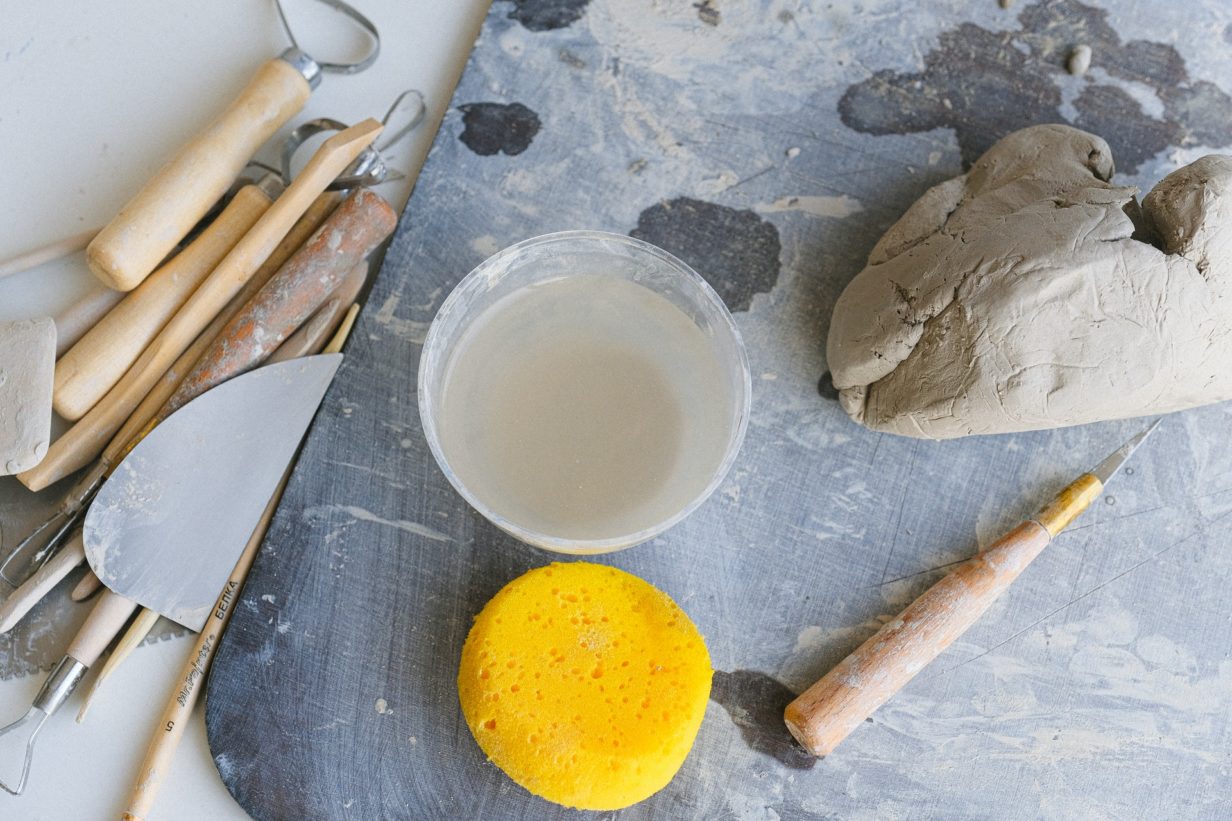It takes around 3-5 days for all the moisture in the area that is affected by water damage to dry thoroughly. After the water is extracted, the restoration team will usually turn on the dehumidifier to dry the area. The dehumidifier needs to be turned on for at least 1 – 2 days. After that, you should wait for 2 – 4 more days for the water to completely dry up. The plumber will use a moisture detector to check for the presence of water.
The actual length of time water damage cleanup contractors take to clean up water damage depends on the size of the flooded area, and materials. Walls with bricks and cemented floor dry the fastest. It will take longer to dry if the wall has particleboard or the flooring is wood. You can feel it in the air – humid air means it is likely to take 5 days to dry. If the air is normal and not humid, it will take around 3 days to dry.
There are 3 methods that you can use to dry water damage. The fastest way to use a dehumidifier to dry a water damage. Commercial dehumidifiers can dry an area faster than a consumer dehumidifier. It works by sucking up the moisture in the atmosphere into the tank. You have to constantly empty the unit when the tank is full for it to continue to dry the area. Consumer dehumidifiers usually have a humidity setting. You should set the humidity setting to the lowest setting so that it will not automatically shut down on its own. Removing the big items in the area will speed up the drying time.
High velocity dries out fans can also be used to dry a flooded home. You will need to put at least one high-velocity fan but it would be slow. So, you should put at least 3 – 5 fans to dry up the moisture in the premise in minimal time. Industrial drum fans which look like a ventilator fan can also be used to dry water damage.
The third method is air drying which is as simple as opening the windows. Opening the windows will not work if there is a low level of humidity. You should open the windows and turn on high-velocity fans to dry the area. It is ideal for drying an area where only a little moisture is still left. It works best when it is sunny outside.
The drying process can be tricky. You need to make sure that you always open up your wooden floorboard or wallboard to check if there is any presence of moisture. If there is, you should direct the fans toward them. It won’t dry if the flooring or wallboard is not opened up. Drying moisture in hidden places can prevent swelling, cracks, and mold from developing on the wall.
After your flooded home is dried, you can hire a contractor to restore it to the original state. You will have to leave your home for a while while the restoration work is taking place. This prevents your family from having to be exposed to harmful substances. It will take at least a month for the repair and restoration work to be completed.
The cost to repair water damage will depend on the square footage of the affected area. Your plumber will let you know the estimated cost when he comes to your home to perform the assessment. It will cost a few thousand dollars to repair water damage. You can use your insurance to pay for the partial cost of your insurance provider agreement.



